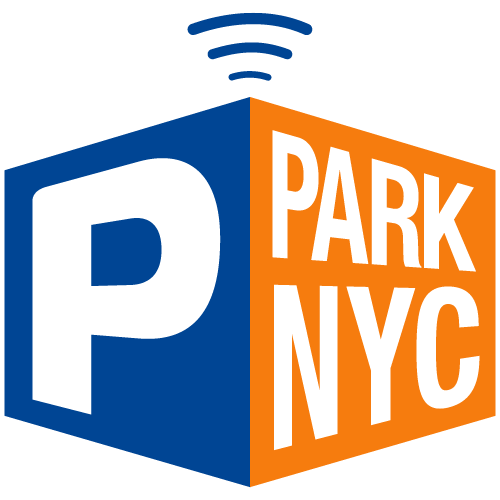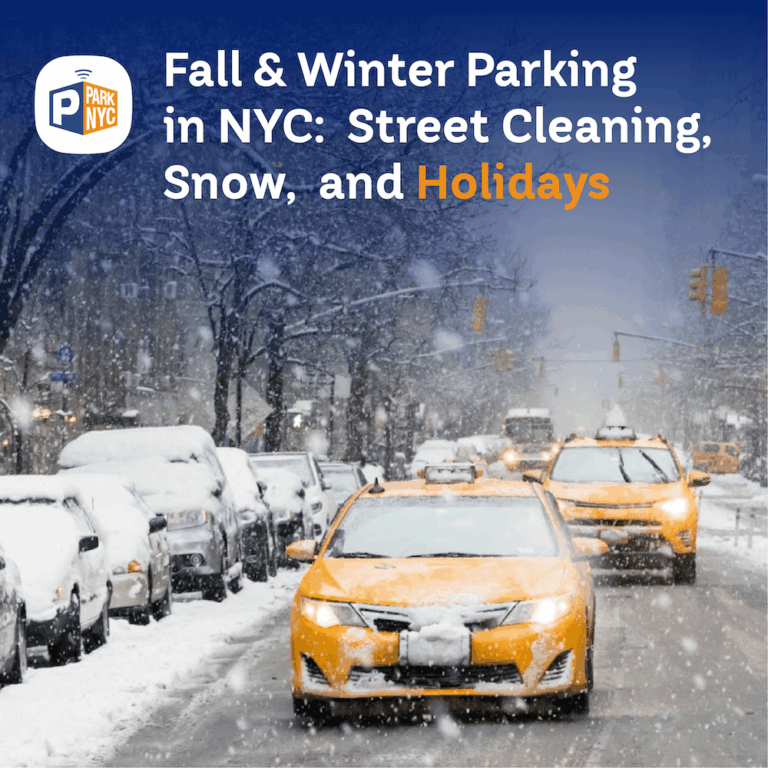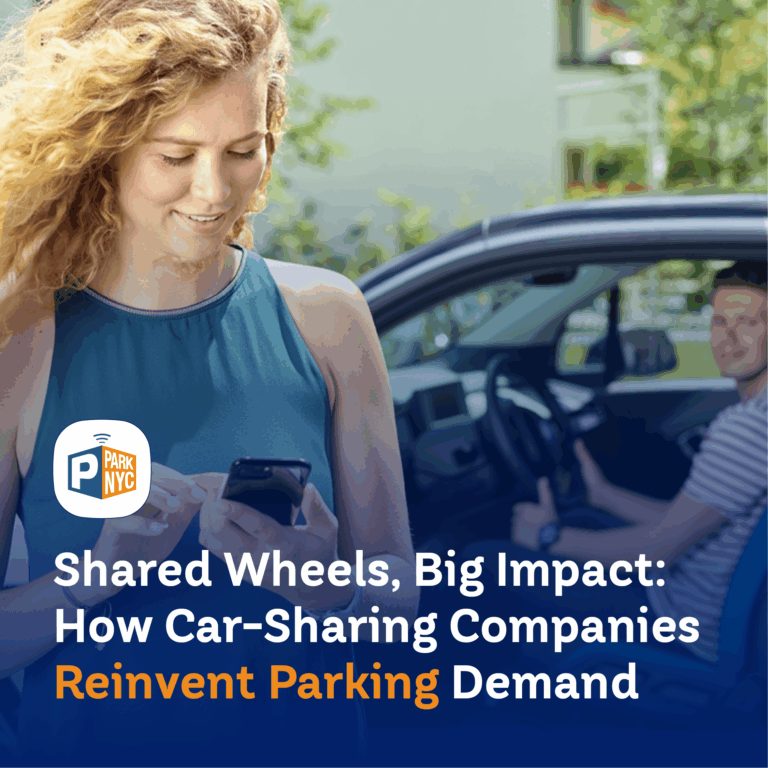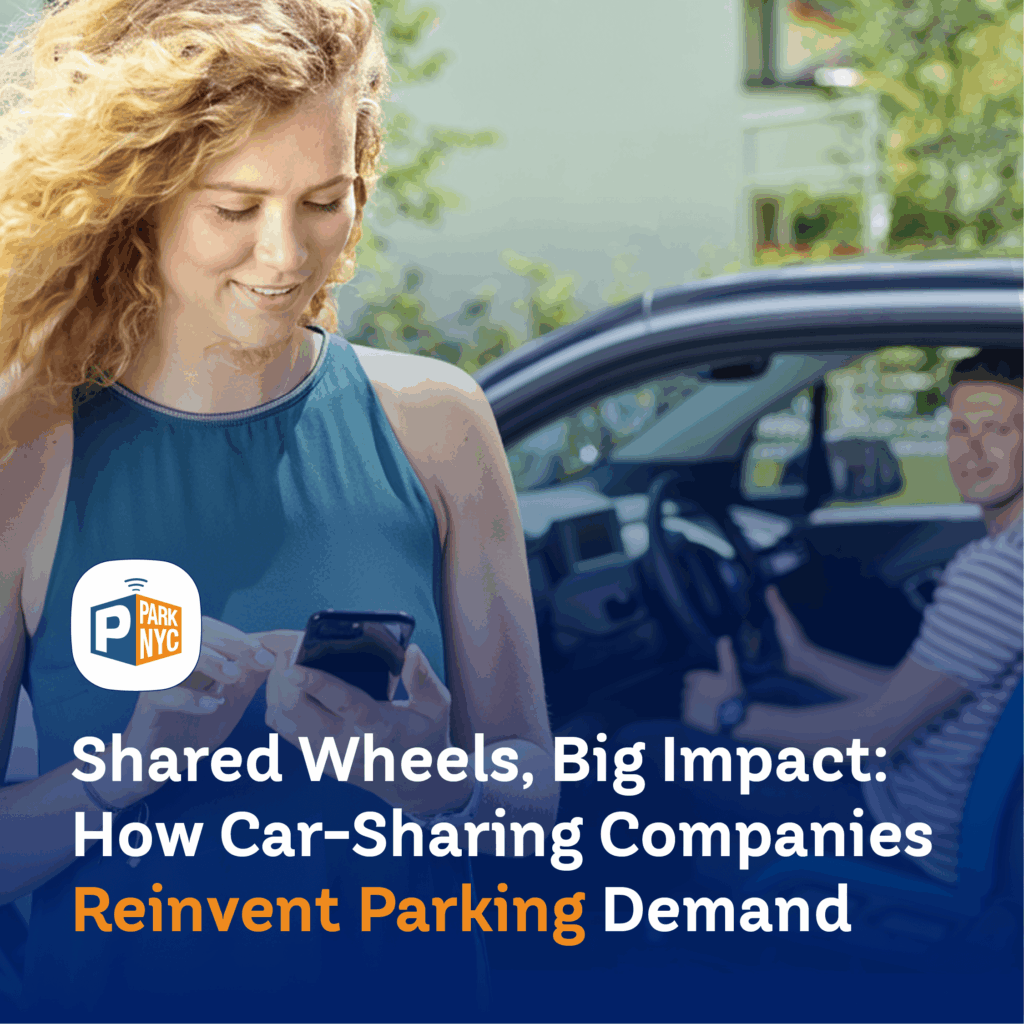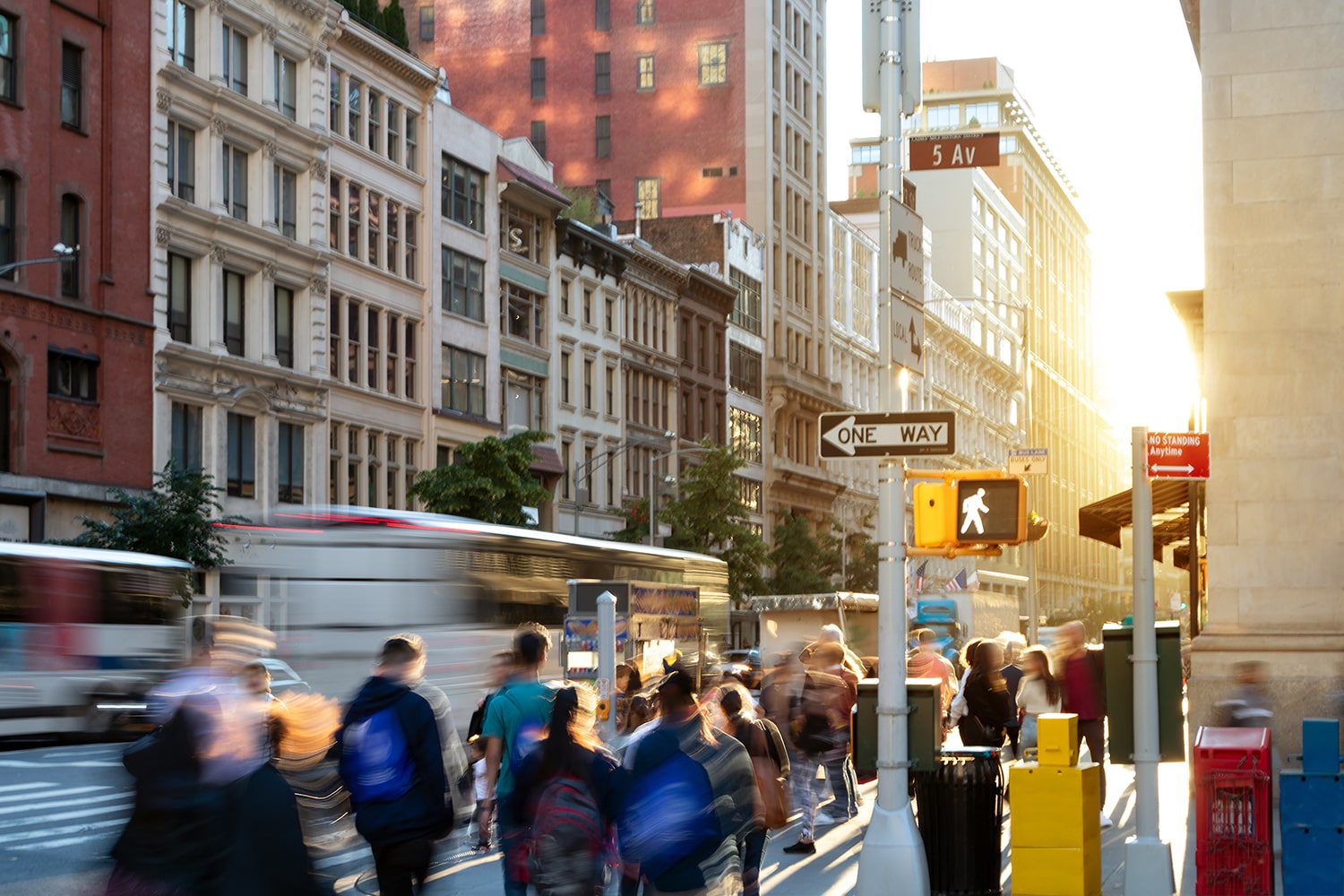Owning a car in New York City can be expensive and inconvenient. Car-sharing offers something simpler: reliable access to a car when you need one, without paying to store it on the street the rest of the week. NYC tried dedicating curb spaces to shared cars, studied what happened, then expanded the idea citywide.

What New York Tried
Starting in 2018, NYC DOT set aside clearly signed “carshare parking only” spaces on neighborhood streets and in municipal lots. The city’s evaluation found the spaces were used steadily by many different households, and that members drove less overall once they joined. Researchers linked the pay-per-use model to those changes, since it nudges people to choose the right mode for each trip and to pair car use with transit, walking, or biking.
The same study found a second effect that matters on crowded streets. Each shared car tended to take the place of several private ones, because some New Yorkers sold a car or skipped buying one altogether once they had reliable access nearby. That means fewer long-term curbside parkers and more room to rethink the block.
What Happened Next
On the strength of the pilot, DOT began installing more curbside sites in 2023, first dozens, then hundreds across the Bronx, Brooklyn, Queens, and Manhattan. By March 29, 2023, the city reported 270 additional curb spaces, bringing the curbside total to 552, with more identified through the rest of that year.
DOT also baked equity and accessibility into the permanent program. At least 20 percent of on-street sites must be in Equity Zones that align with NYC Streets Plan Priority Investment Areas, and a vehicle with hand controls must be made available upon request. Operators are required to plan for affordability as well.

Who is Operating Now
NYC’s program page lists TRUQIT and Zipcar as current participants. Getaround took part in the 2023 expansion, then suspended New York operations on April 1, 2024, and subsequently wound down its U.S. business in 2025 while continuing in Europe. Check NYC DOT’s page for the latest information.

Image caption: A shared vehicle parked in a signed curbside space. Alt text: “Car-share vehicle in designated NYC curb space.”
Why This Matters
When fewer private cars sit for days at the curb, a neighborhood can use that space in more useful ways, from reliable loading zones to safer bike links and greener corners. And when a shared car is an easy walk from home, access replaces ownership as the default, which reduces traffic and emissions while keeping the option to drive when the trip calls for it.
New York’s experience is straightforward. Dedicating a small share of curb space to car-sharing gave thousands of households practical access to a car, eased pressure to own one, and opened room to improve the street for everyone. With equity rules and accessibility built in, the program turns limited curb space into a wider public benefit: more mobility for more people, with fewer cars stored on the block.
Sources
- NYC DOT, Carshare Parking Pilot Program Final Report (April 2021): https://www.nyc.gov/html/dot/downloads/pdf/nyc-carshare-pilot-report.pdf
- NYC DOT press release, Feb 7, 2023 (expansion begins): https://www.nyc.gov/html/dot/html/pr2023/expansion-on-street-carshare.shtml
- NYC DOT press release, Mar 29, 2023 (curbside total to 552): https://www.nyc.gov/html/dot/html/pr2023/carshare-program-next-steps.shtml
- NYC DOT, Carshare Program Package (equity requirement, accessibility): https://www.nyc.gov/html/dot/downloads/pdf/carshare-program-package.pdf
- Getaround notice on New York suspension: https://getaround.com/help/articles/3017d76c5702
- Getaround U.S. wind-down announcement (2025): https://www.globenewswire.com/news-release/2025/02/12/3024676/0/en/Getaround-Inc-Announces-Wind-Down-of-U-S-Operations.html
